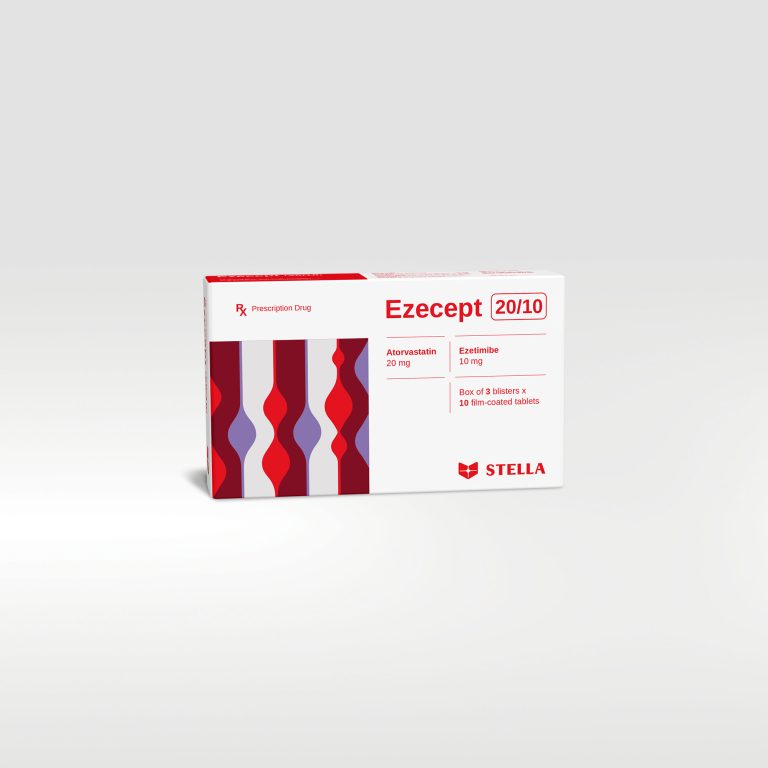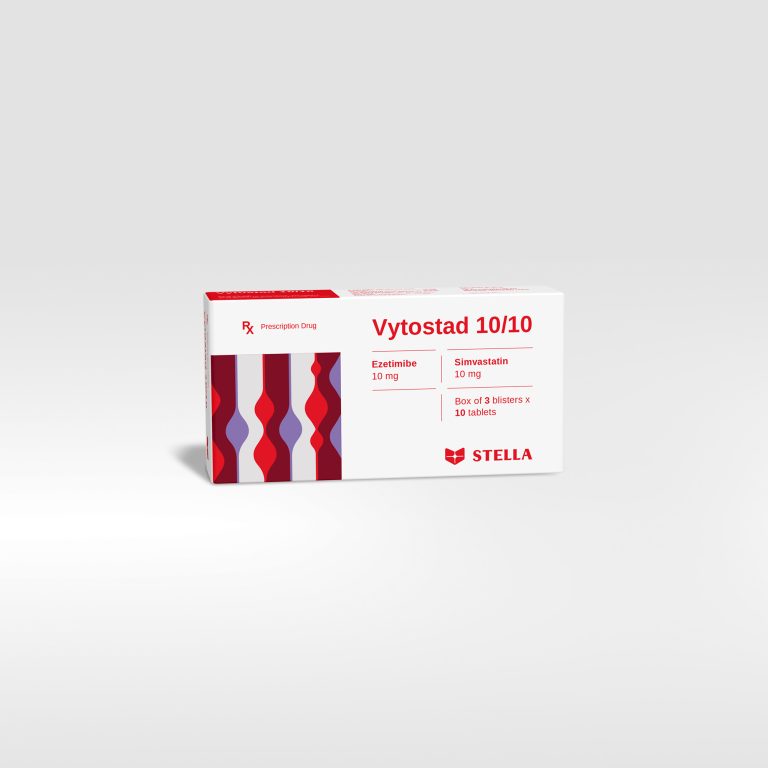Stefamlor 5/10 Rx
Stefamlor 5/10 combines two mechanisms of action: the action of the dihydropyridine calcium antagonist of amlodipine (calcium channel blocker or slow calcium channel blocker) and the inhibition of HMG-CoA reductase by atorvastatin. Amlodipine inhibits the transmembrane flow of calcium ions in smooth muscle cells and myocardial cells. Atorvastatin is a selective and competitive inhibitor of HMG-CoA reductase, the enzyme responsible for the transformation of 3-hydroxy-3-methylglutaryl-coenzyme A to mevalonate, a precursor of sterols, including cholesterol.
| Pack size | Box of 30 tablets |
| Shelf-life | 24 months |
| Composition | Amlodipine 5 mg Atorvastatin 10 mg |
| Dosage forms and strengths | Film-coated tablet |
Product code :




